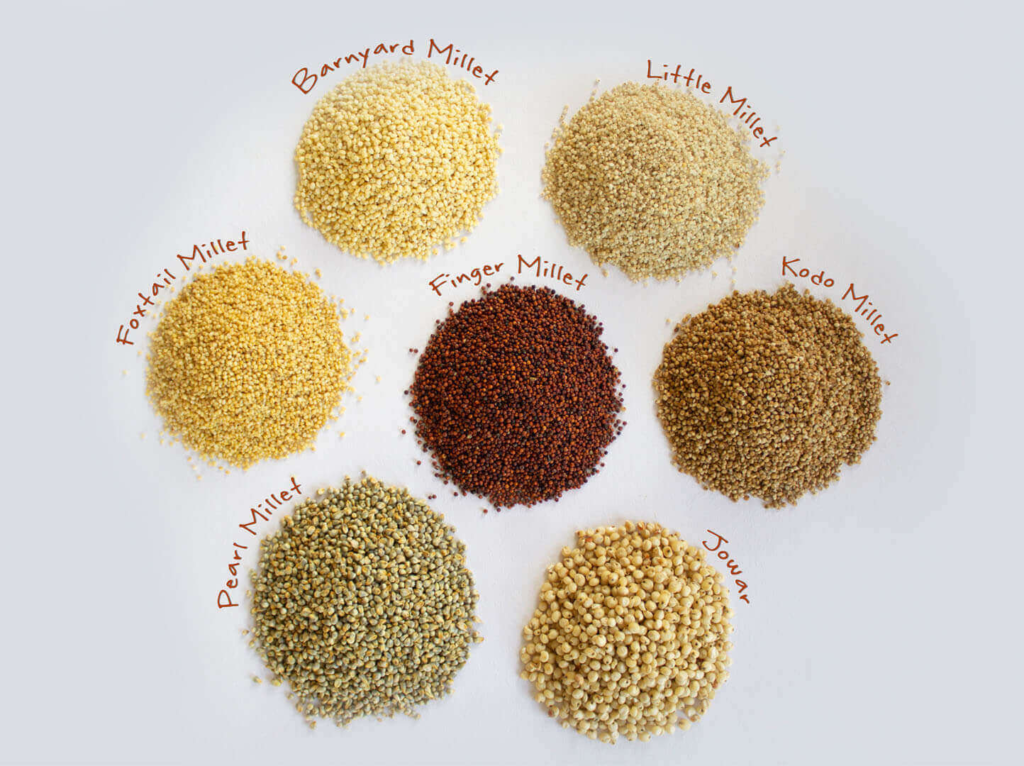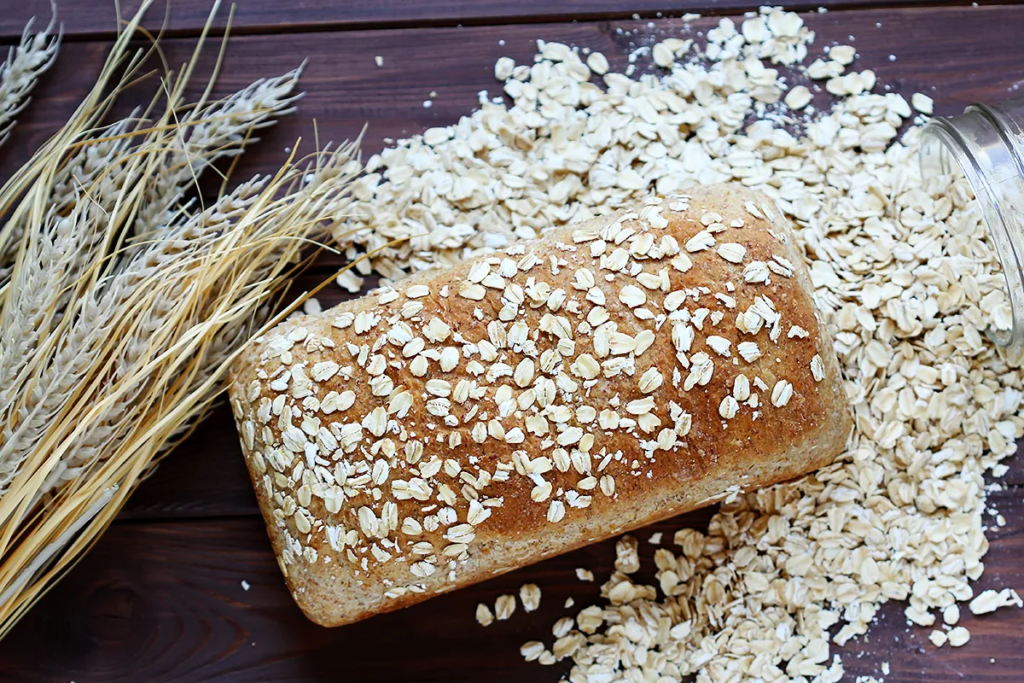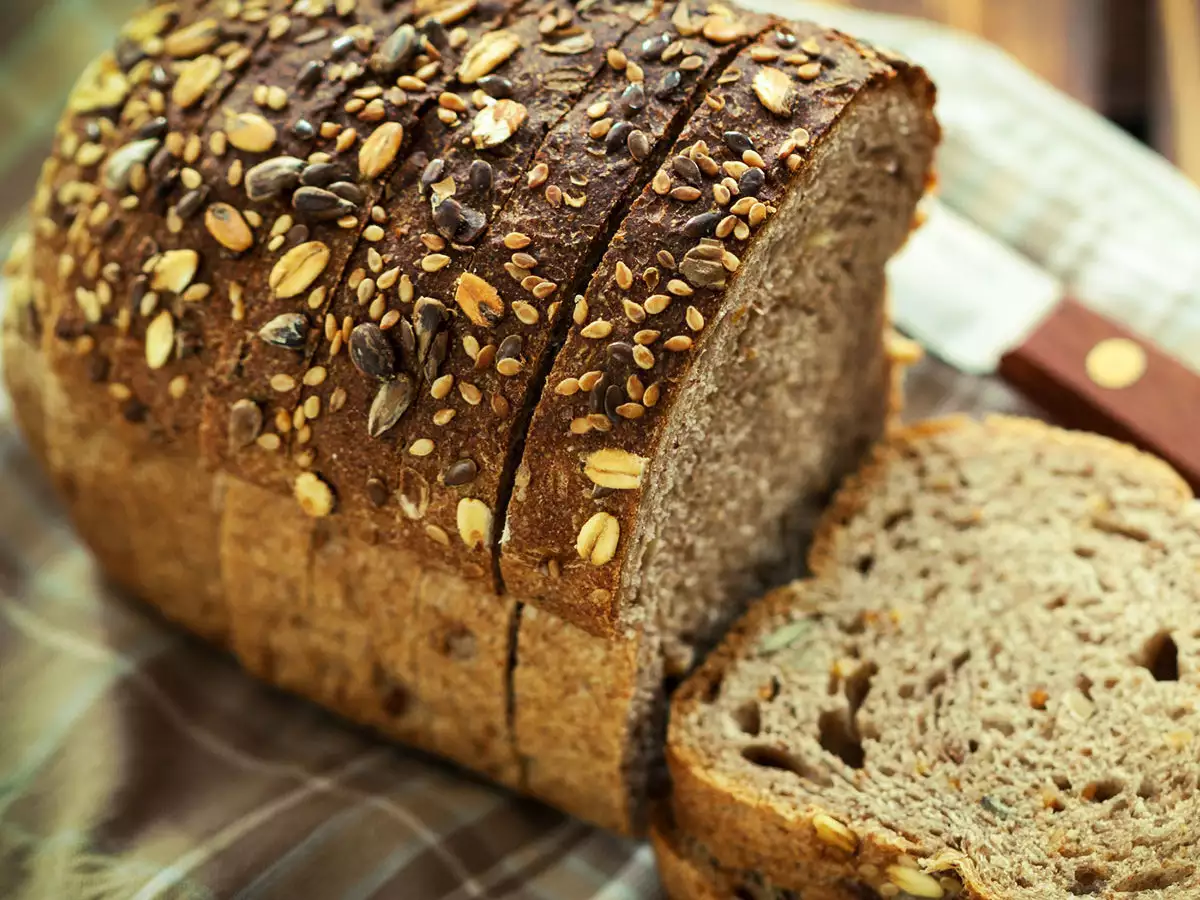Looking for the benefits of the multigrain products? Consuming them daily, but do you know the benefits?
Multigrain products are something we consume almost daily but are not aware of the benefits. Let us look into the benefits.
We have been obliged to stay at home for the past few years in order to avoid the spread of COVID-19. Fear and uncertainty are at an all-time high due to the epidemic. During these trying times, staying within the four walls of our home can have a negative impact on our mental and physical health. As a result of the new normal of working from home, home-schooling has kept us all quite busy. As a result, it is more necessary than ever to take care of ourselves, and our mental and physical health. As a result, what we eat and drink is more crucial than ever.
What is multigrain?
The term “multigrain” merely refers to the presence of multiple distinct types of grains in the loaf, as opposed to whole grain bread. Oats, barley, cornmeal, wheat, millet, flax, and other grains are examples of these grains. However, there is no standardized list of grains that must be present in a product with this designation. In addition, a product might be considered “multigrain” if it contains two or more distinct grains. The word also doesn’t specify how the grains should be processed. This implies that the terms “multigrain” and “whole grain” aren’t necessarily interchangeable.

Benefit of multigrain
In India, there has been a significant increase in the popularity of multigrain goods. As customers place a higher value on healthy living and eating habits, it’s no wonder that multigrain products have grown increasingly popular, as they provide a lot of advantages, including the following:
- Cereals with a higher nutritional value than ordinary cereals. Protein is an important macronutrient for human health, and multigrain cereals are high in it. Protein-rich meals make you feel full and satisfied for longer, and they can have a significant long-term favorable influence on your health. Multigrain meals include a wide range of essential elements, such as vitamins, minerals, protein, fiber, and other beneficial plant components.
- Helps to maintain a healthy digestive system and boosts metabolism. A fiber-rich diet keeps you energized and happy, encouraging you to stay active. This occurs because fiber aids the body’s ability to efficiently leave the intestines, reducing constipation and sustaining bowel health. Consumption of dietary fiber-rich meals also aids in the removal of toxins from the body.
- The benefit to your overall health. Multigrain dietary fiber is an important element of a balanced diet since it helps to lower blood cholesterol levels. There are several health advantages associated with multigrain goods, but there are many more reasons to use multigrain ready-to-eat cereals.

How is multigrain made?
Because the word “multigrain” does not specify how a product’s grains must be produced, a product with this designation can be made in a variety of ways. The many grains are produced from the full kernels if the “multigrain” is also really “whole grain.” Whole grain variants include the highest levels of minerals and fiber. Bread made using refined flours and grains, on the other hand, can nevertheless be labeled as “multigrain.” When grains are refined, the germ and bran sections of the kernels are removed, removing the majority of the nutritious components. Furthermore, certain multigrain products may fall somewhere in the center, with one whole grain layered on top of processed grains.

How Many Multigrain Atta Chapati Should I Eat Every Day?
This is mostly determined by your height, weight, and BMI. On the other hand, three to four multigrain chapatis each day is plenty. Nearly 100 calories are contained in each handmade multigrain chapatis.
Should I Eat Multigrain Aata for Weight Loss?
Multigrain atta is made up of a variety of grains and millets that are both nutritious and good for your waistline. As previously said, multigrain aids weight reduction by regulating metabolism, and the majority of grains and millets are gluten-free. However, switching to multigrain isn’t the only weight-loss strategy you should employ. Equally important is a healthy diet combined with a regular exercise routine.
Bottom Line
The advantages of including whole grains in a balanced diet are widely known. Take a walk down your bread aisle, though, and it’s clear that every manufacturer wants to be linked with these advantages, plastering “whole grain,” “multigrain,” or other strong claims on the side of their goods to attract customers. Although “multigrain” looks to be a healthy way to include a variety of grains in your diet, it is not always associated with robust whole wheat versions.

